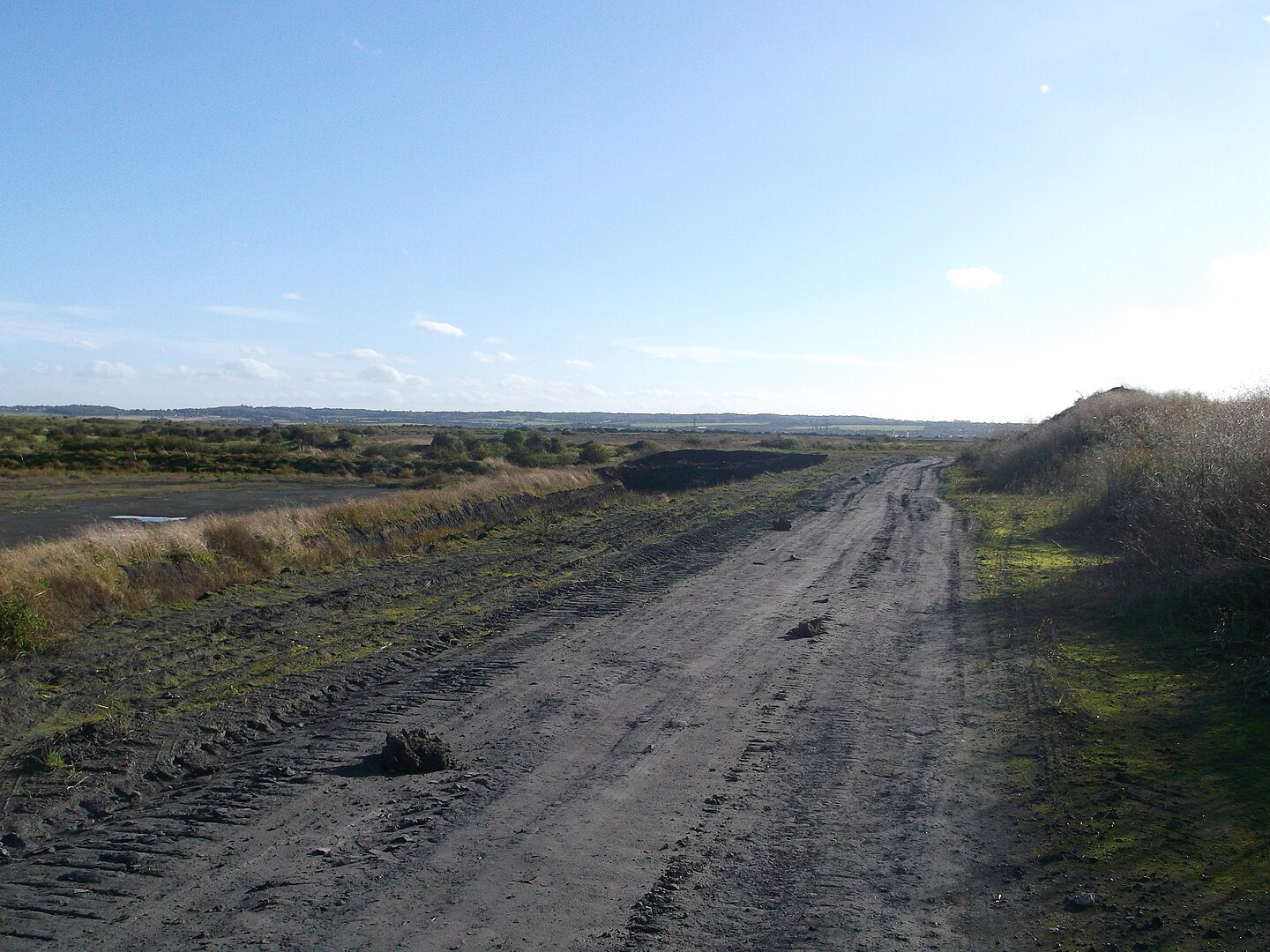 BBC News
BBC NewsBorrowing was £17.4bn last month, the second highest October figure since monthly records began in 1993.

Finito World
The Thames has always divided and connected in equal measure. It has been a boundary and a bloodstream — a shifting metaphor for the English condition: part trade route, part wall. And so the announcement this week that the government has awarded £590 million to begin the Lower Thames Crossing — the largest road tunnel project in the UK’s history — is not just an engineering commitment. It is a statement of national psychology.
It is also, in many ways, a test.
Linking Tilbury in Essex to Gravesend in Kent, the new 14.5-mile route — including a 2.6-mile tunnel under the Thames — is part of a larger vision: to move goods faster, reduce congestion at Dartford by 20%, and, as Chancellor Rachel Reeves put it, create “smoother, less congested passage of vital goods from Europe to our regions.”
But this is not merely a logistics project. It is an excavation into the meaning of public ambition in an era when patience is fraying and political bandwidth is narrowing. In this tunnel, we glimpse not just concrete and cable, but an argument about what it means to build.
A Tunnel and Its Time
Approved in March 2025 after 16 years of planning and £1.2 billion already spent before a shovel touched soil, the Lower Thames Crossing is the sort of project that tests democratic resolve. It asks whether we still have the cultural appetite for the slow, disruptive, expensive work of nation-making.
Construction will begin in 2026 and won’t be completed before 2032. That’s eight years — a parliament and a half — in which delays, budget revisions, and political friction are all but guaranteed. But infrastructure is rarely about the moment. It is about what comes next, and who will inherit it.
This long view is reflected in the words of Transport Secretary Heidi Alexander, who called it “critical to our long-term trade with Europe.” Logistics UK, representing the haulage and freight sector, welcomed it as a “turning point.” And in economic terms, it may well be. The government estimates the crossing will support thousands of jobs, not just in the build phase but in the economy it will enable: distribution hubs, repair networks, training academies.
In Thurrock, Gravesend, Tilbury — places often spoken of as afterthoughts to London — there is now, perhaps, a spark. A reason for apprentices to stay. A future to fit around.
Employment, Legacy, and the Landscape of Work
What kind of work does a tunnel create?
It begins with engineers, welders, excavation teams. Then come the safety officers, supply managers, GIS analysts, biodiversity consultants. Over time, as embankments rise and roundabouts are carved into farmland, the work shifts again: asphalt teams, signage contractors, bridge fitters.
But the true legacy lies beyond the job site. It lies in the quiet hiring of truck drivers no longer stuck at Dartford for hours. It lies in the rise of light industrial space near the junctions, in cafés that open to serve early-morning shift workers, in logistics academies where young people train to manage fleets or program electric vans.
In this sense, the Lower Thames Crossing is not a tunnel but a time-release employment strategy — a passageway from stagnation to flow, from bottleneck to bandwidth.
But this is also a reminder that infrastructure is not morally neutral. For every job created, a tree may be felled. For every new route opened, a silence is broken. Campaigners have raised concerns about ancient woodland impacted by the works, and their voices deserve to be heard. The task of 21st-century infrastructure is not only to move — it is to move wisely.
The Poetry of the Undertaking
When you stand beside the river at Tilbury and look out across to Kent, it is hard to picture a tunnel. What you see is the river that inspired Turner and Dickens — broad, opaque, inscrutable. And yet beneath it, a path is being cut.
There is something deeply symbolic in that. To tunnel is to insist that obstacles are not endings, but puzzles. It is to accept difficulty as a necessary medium. It is to enact, in steel and mud, a kind of secular miracle: the bending of the landscape to our collective will, if only we can remain united long enough to complete it.
The Lower Thames Crossing will not be popular every month it is being built. Traffic will be diverted. Trees will be lost. Budgets will creep. Politicians will misname it on live radio, as Emma Reynolds did this week, confusing Dartford with Dartmouth — a small slip, but revealing. Because infrastructure, for all its physicality, exists mostly in the realm of intention until it is complete.
And yet — what is politics for, if not to aim for something larger than its news cycle?
A Closing Thought
In an era of shrinking trust and short-termism, to dig a tunnel under a river is an act of optimism. It is a wager that the future will arrive — and that we will have built something for it.
The tunnel is not just a route. It is an act of belief. Belief that work matters, that regions matter, that movement matters — and that when we connect the country, we also connect its people to each other, and perhaps to something greater than logistics: a shared direction.
It remains to be seen whether that belief can survive the trench coats of budget review, environmental concern, and political fatigue. But for now, under the Thames, the long dig begins.